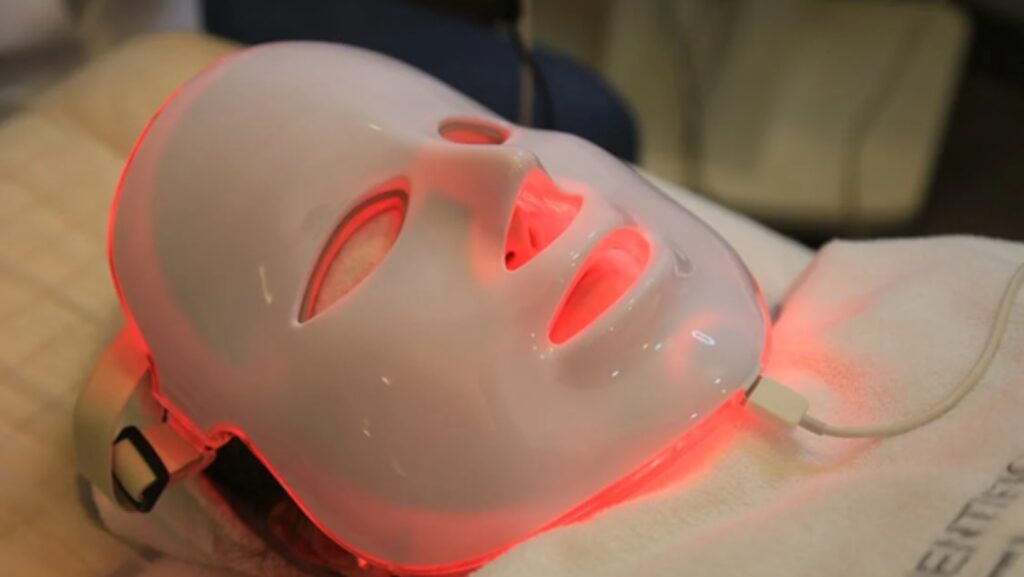Light therapy has gained popularity for its potential benefits in improving mood, skin health, and overall wellness. This non-invasive treatment uses specific wavelengths of light to target various conditions, from seasonal affective disorder (SAD) to skin rejuvenation. Whether administered in a clinic or at home, light therapy offers promising results for individuals seeking a natural approach to wellness. By using light exposure in a controlled manner, light therapy can help treat several conditions, including insomnia, depression, and even chronic pain. As the science behind light therapy continues to evolve, more people are integrating it into their wellness routines.
Machines for Home Use
For those interested in incorporating light therapy into their daily routines, at-home machines provide an accessible option. These devices are designed for convenience, allowing users to enjoy the potential benefits of light therapy without needing to visit a clinic. Many devices for red light therapy at home come with adjustable settings, enabling users to personalize treatment times and intensity based on individual needs. These machines are generally compact, easy to set up, and are available at various price points, making them suitable for different budgets and preferences.

When choosing a machine, it’s essential to look for one with high-quality LEDs that emit specific wavelengths of light that have been proven to be effective for therapy. Popular models include handheld devices, full-face masks, and large panels for broader coverage. Before using any home-use machine, it’s wise to consult with a healthcare professional to ensure the device meets safety and effectiveness standards.
These home-use devices provide flexibility, allowing individuals to incorporate light therapy into their daily routine without the inconvenience of scheduling appointments at a clinic. With regular use, people have reported improvements in mood, energy levels, and skin appearance. In addition, these devices are designed for ease of use, ensuring that anyone can operate them effectively.
Benefits of Light Therapy
Light therapy has shown positive outcomes across different areas of health. For mental health, exposure to specific wavelengths can help alleviate symptoms of seasonal depression by mimicking natural sunlight, which boosts mood-regulating chemicals like serotonin. This is especially beneficial for those who experience the “winter blues” or SAD, as they are deprived of sunlight during the colder months. On the physical side, red light therapy is often used to improve skin health, reduce inflammation, and even promote tissue repair. Athletes and fitness enthusiasts may also turn to light therapy for muscle recovery, as studies suggest it can help reduce soreness and accelerate healing.
For individuals who struggle with insomnia, light therapy is a popular treatment. By exposing yourself to bright light in the morning, you can reset your body’s internal clock and improve your sleep quality. Additionally, red light therapy has been found to help reduce signs of aging by stimulating collagen production and promoting skin healing.

As research continues, the benefits of light therapy are expanding, and more applications for mental and physical health are being discovered.
Safety and Considerations
Although light therapy is generally considered safe, there are a few things to keep in mind. People with certain medical conditions, such as photosensitivity or those taking photosensitive medications, should consult a healthcare provider before beginning treatment. It’s also essential to follow the recommended treatment duration and frequency. Overuse can lead to minor skin irritation or eye discomfort. Proper use and adherence to guidelines are crucial, especially with home-use devices. Ensuring your device meets quality standards and following the instructions will help you enjoy the potential benefits without unwanted side effects.
It’s also important to protect your eyes when using light therapy, especially if you’re using bright light exposure devices. Many devices come with protective eyewear, and it’s always a good idea to use it to avoid eye strain.
Light therapy, with its broad applications and ease of use, is increasingly becoming a staple in self-care routines. As more research supports its benefits, this treatment method continues to gain momentum, offering a convenient way to enhance well-being right from the comfort of home. With consistent use, light therapy may play a significant role in improving both mental and physical health, providing individuals with a natural option to maintain overall wellness.
